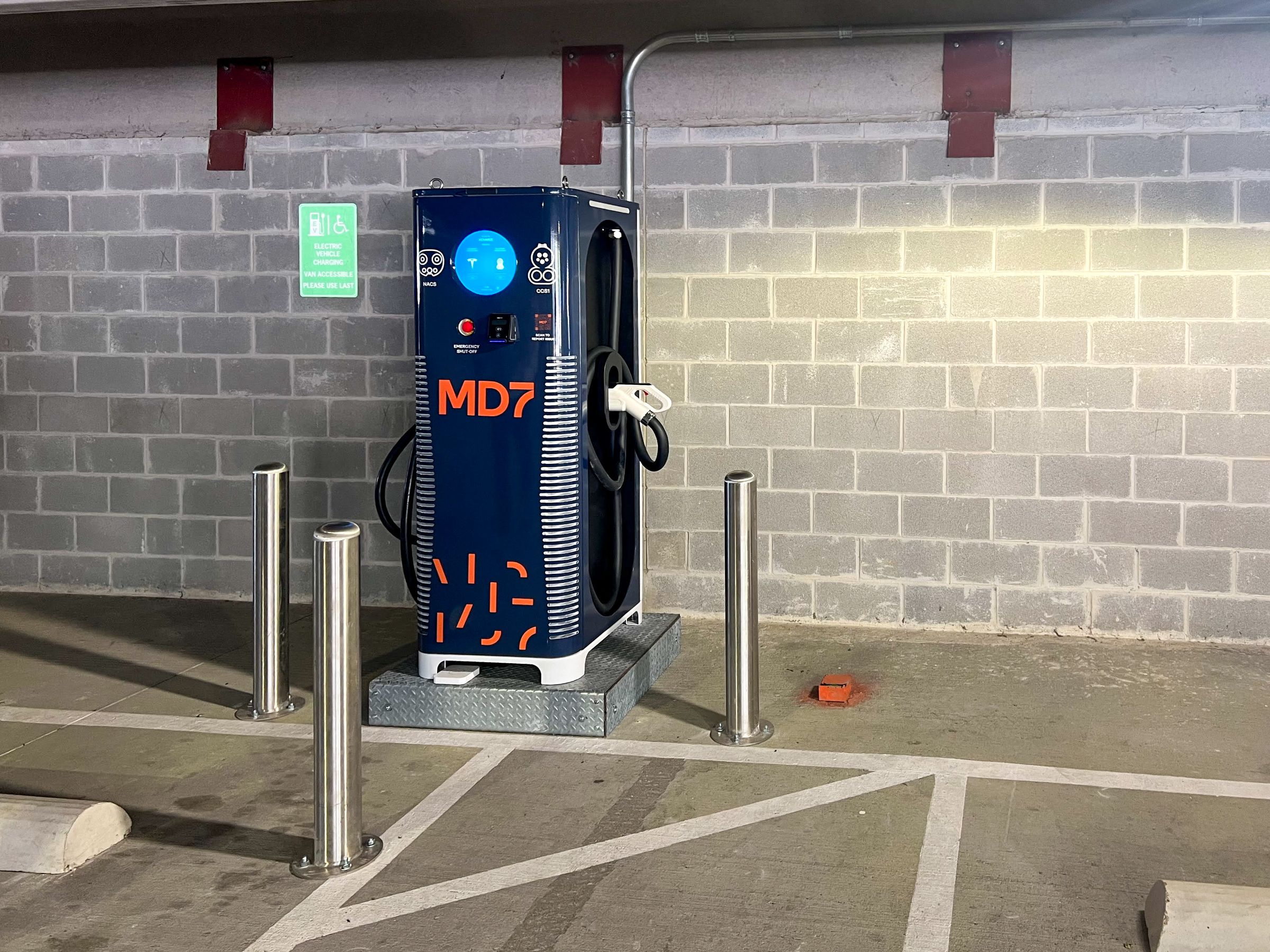Ultra-Dense Mobile Networks and Harnessing the IoT Power
Whenever a new generation of cellular communication systems is being developed the first question raised is about the killer applications. After all, the technical characteristics of the new generation of such systems enable the development of new applications and services.
With the recent exponential growth of cellular networks, the number of mobile subscribers has reached close to the world population. Hence, to sustain the demand for new generations of wireless communication systems a paradigm change is required. This seems to be happening in shifting the focus from person-to-person communications to machine-to-machine connectivity. The Internet of Things (IoT) is the artefact of this paradigm shift.
IoT Market Prospect for Mobile Network Operators
The IoT is a massive network of connected objects that collect and share data about the way they are used and the environment around them. Objects can be in all shapes and sizes such as sensors, smartphones, smart kitchen appliances, self-driving cars, and wearable devices. What is common in all IoT objects is an embedded communication module enabling them to access the Internet. An instance of smart IoT devices is the use of smart meters by utility companies. According to IHS Markit, by the end of 2021, there will be more than 1.10 billion smart electricity, water, and gas meters.
With connectivity at the heart of the IoT, IoT provides both mobile network operators and industries with unprecedented opportunities to develop innovative products and services. The global IoT market is expected to reach a value of USD 1256.1 billion by 2025 from USD 690 billion in 2019 at a CAGR of 10.53%, during the period 2020-2025 [source].
Nevertheless, the connectivity required by the IoT devices is fundamentally different from their human user counterparts. There might be orders of magnitude larger in numbers per unit area, and they may be much more sensitive to reliability and latency of communications.
5G and Internet of Things
Connectivity is at the heart of industry transformation. 5G plays a central role in providing a range of unique features to the IoT systems including its flexibility to support a massive number of fixed and mobile IoT devices with a diverse range of quality of service requirements. 5G is also capable of secure handling of the massive amount of data that will be generated by IoT devices.
Compared to 4G, the key 5G technical features which enable versatile development of IoT-based systems include significantly lower end-to-end delay, high-speed connectivity, and mass connectivity of up to 100K devices per site.
While faster downloads are what most people think about when they hear 5G, there is so much more to it. 5G offers a unique combination of high-speed connectivity, coupled with extremely low latency and soon-to-be broad, ubiquitous coverage. This recipe will support smarter cities and transportation systems, where a delay in latency could mean the difference between a congested intersection or even a vehicle accident. The opportunity for new, disruptive innovations 5G brings is endless. The challenge is the sheer number of sites that need to be developed worldwide to make 5G a reality.
5G IoT and Operators’ Revenue
Today, the vast majority of mobile operators’ IoT revenues come from connectivity, but in the next 5 years, the revenue will also come from service enablement platforms, apps, and services [link]. Network slicing technology also offers virtual private networks for enterprises and opens new and versatile income streams for the network operators. Either way, 5G technology provides enterprises with the flexibility to serve their individual needs, and operators to generate new revenue streams using an ecosystem-like approach to their existing network infrastructure.
Mobile operators capable of creating and managing an ecosystem of service partners, refining data from their IoT platforms, and turning bulk data into smart data will be able to create incremental revenue based on the value of the data rather than just the volume. The enterprise segment will be the main source of incremental 5G revenues for mobile operators. The sooner the operators can provide such an infrastructure, the larger their share from this emerging market.
The large-scale deployment of 5G will also accelerate when IoT becomes embedded within enterprise and consumer applications, many of which are developed by small and medium-sized enterprises. 5G will bring new capabilities and the flexibility to serve the specific needs of different enterprise customers, which the GSMA estimates could be worth up to US$400 billion per annum to operators by 2025.
Site acquisition for 5G ultra-small cells
Given the ultra-dense architecture of 5G, the demand caused by IoT systems will soon generate another peak in site acquisition especially in dense urban areas. Many cities have already started using the streetlamps for new 5G equipment. In many instances using lamp posts for 5G installation takes time as they are often owned by the local councils who need to be educated on this new concept and do not have the staff to support demand.
In the UK, several local authorities followed a concession model and signed agreements with mobile operators or infrastructure asset providers and granted them exclusive rights to install 5G equipment on utility poles, streetlights, traffic lights, and other locations along streets and roadsides [link]. Based on this model any mobile operator that needs access to the lampposts must pay a wholesale fee to the company with exclusive access rights.
A widespread alternative approach is based on an open-access model, where all mobile operators have equal rights and open access to streetlights or other asset types subject to paying a low-cost, flat fee to the local authority.
Summary
5G technology is an essential technical enabler of IoT which is uniquely positioned to accelerate versatile development of advanced IoT systems resulting in higher productivity, higher efficiency, and ultimately improves the sustainability of our day-to-day life. IoT development further enables mobile operators to create new revenue paths. MD7 as one of the pioneers in mobile infrastructure consultancy is well equipped with systems and frameworks to help mobile network operators to build a more connected world by developing their ultra-dense 5G network to support emerging IoT applications.




